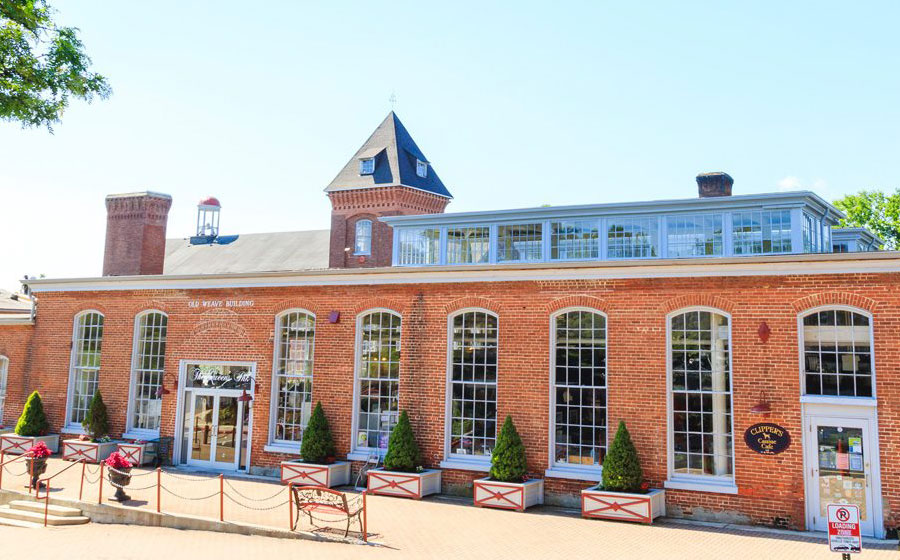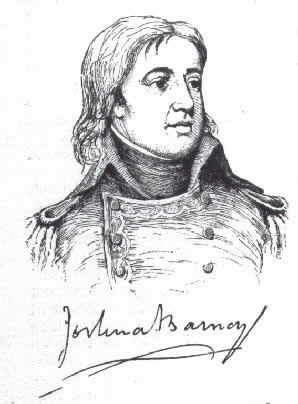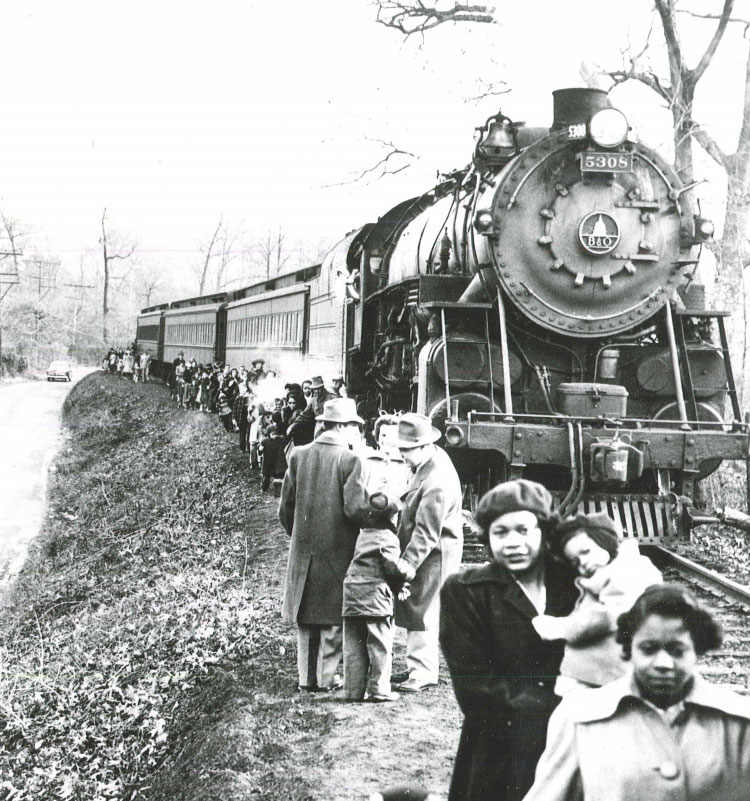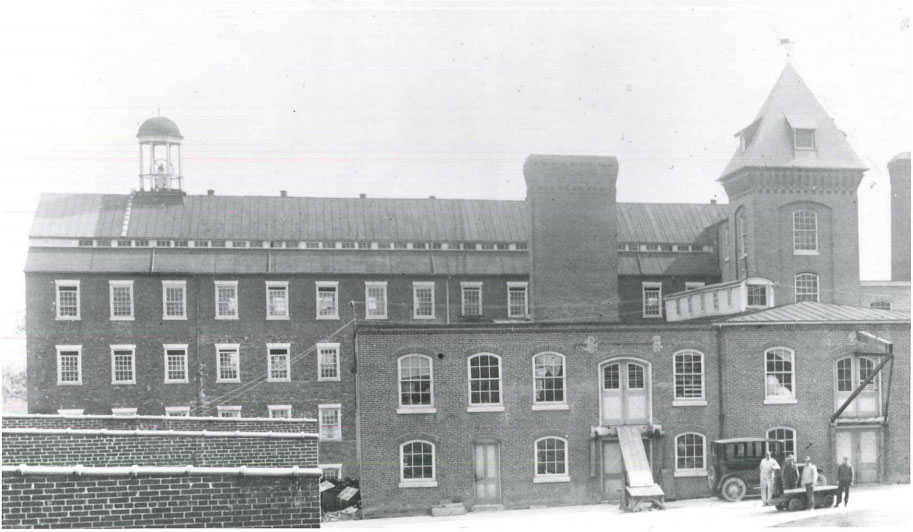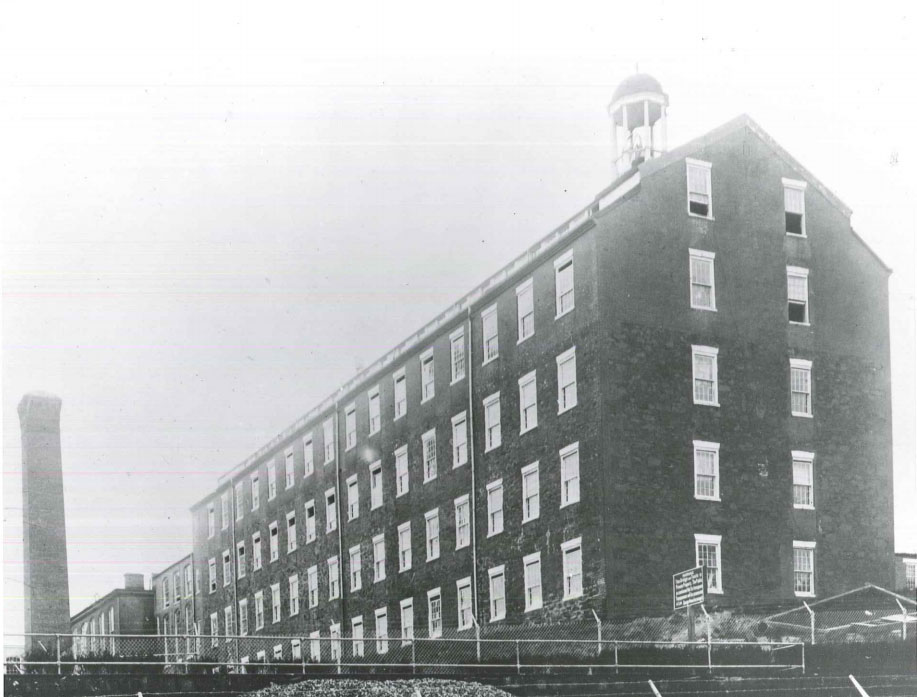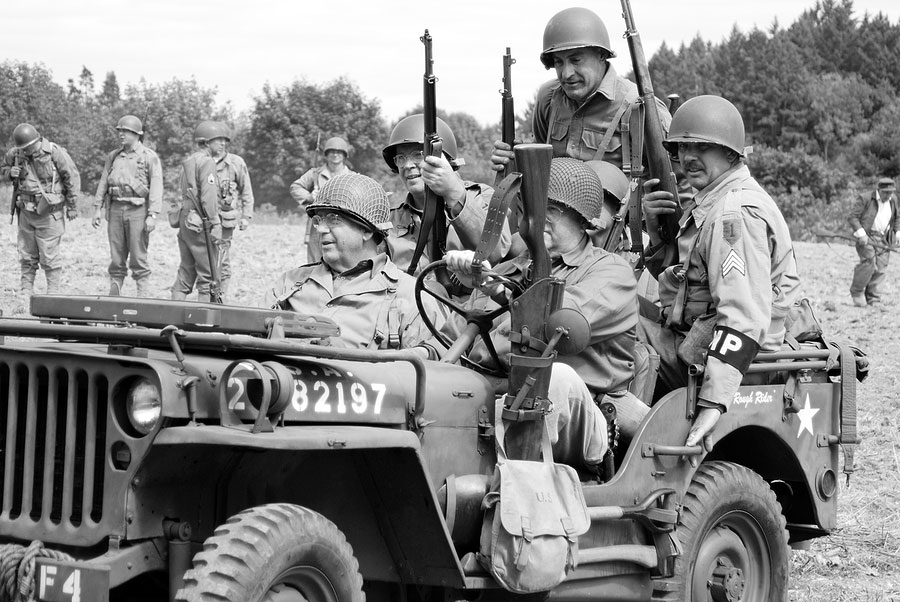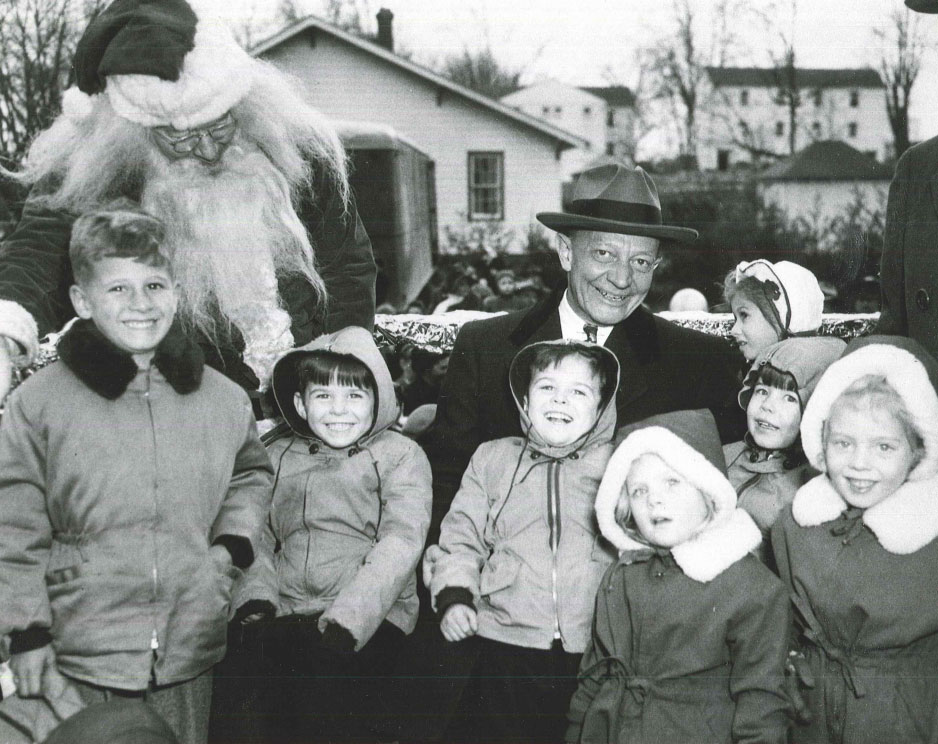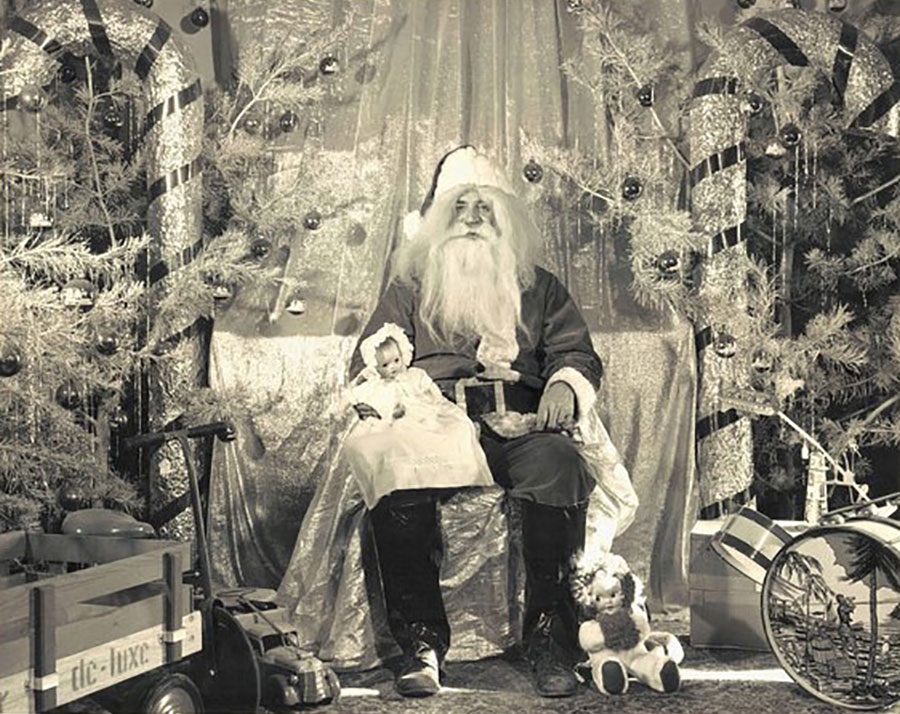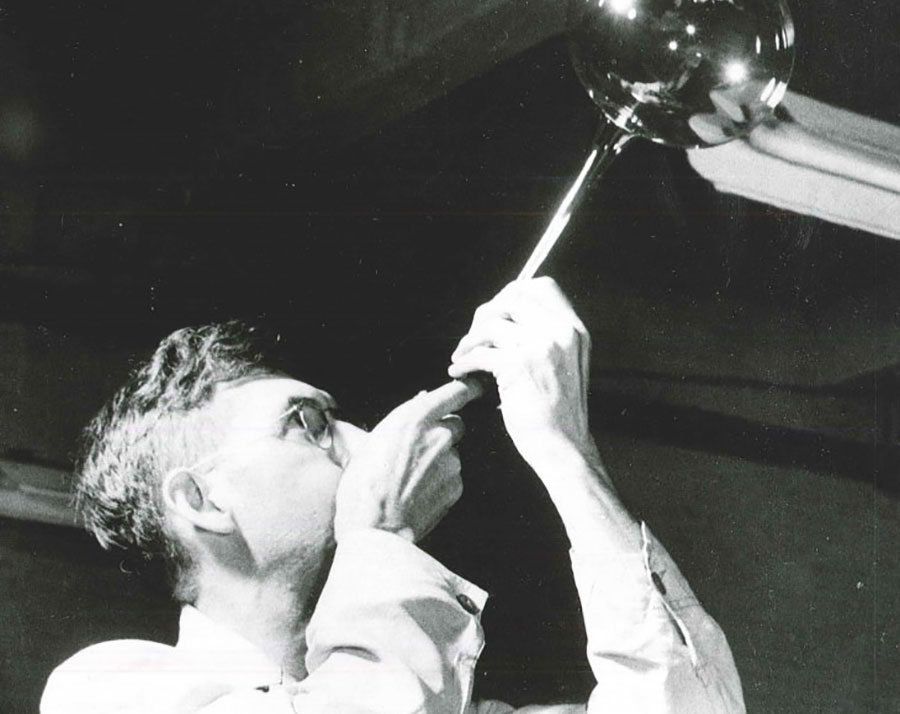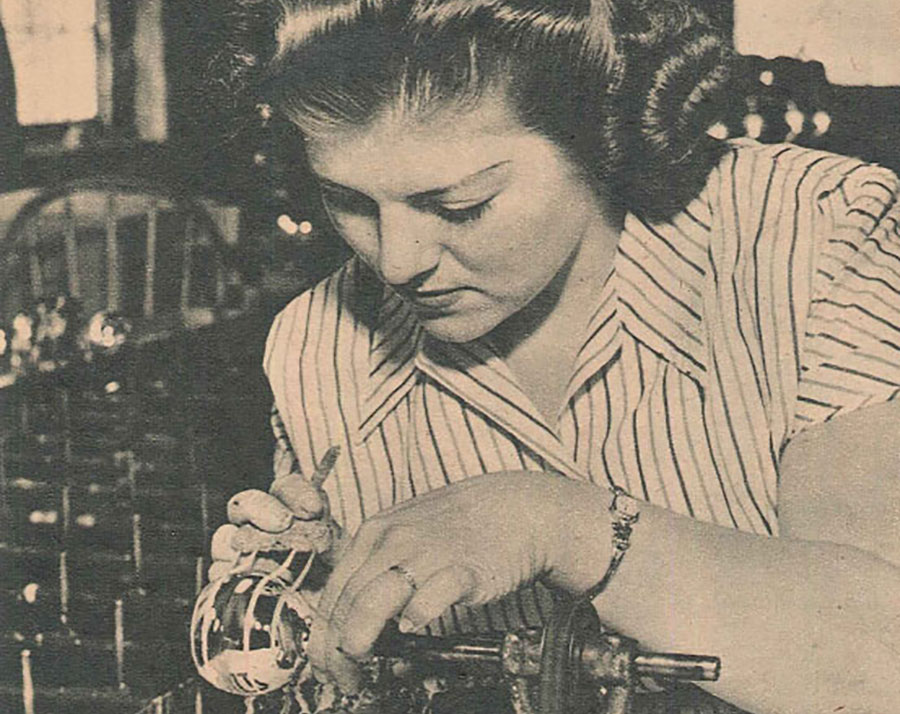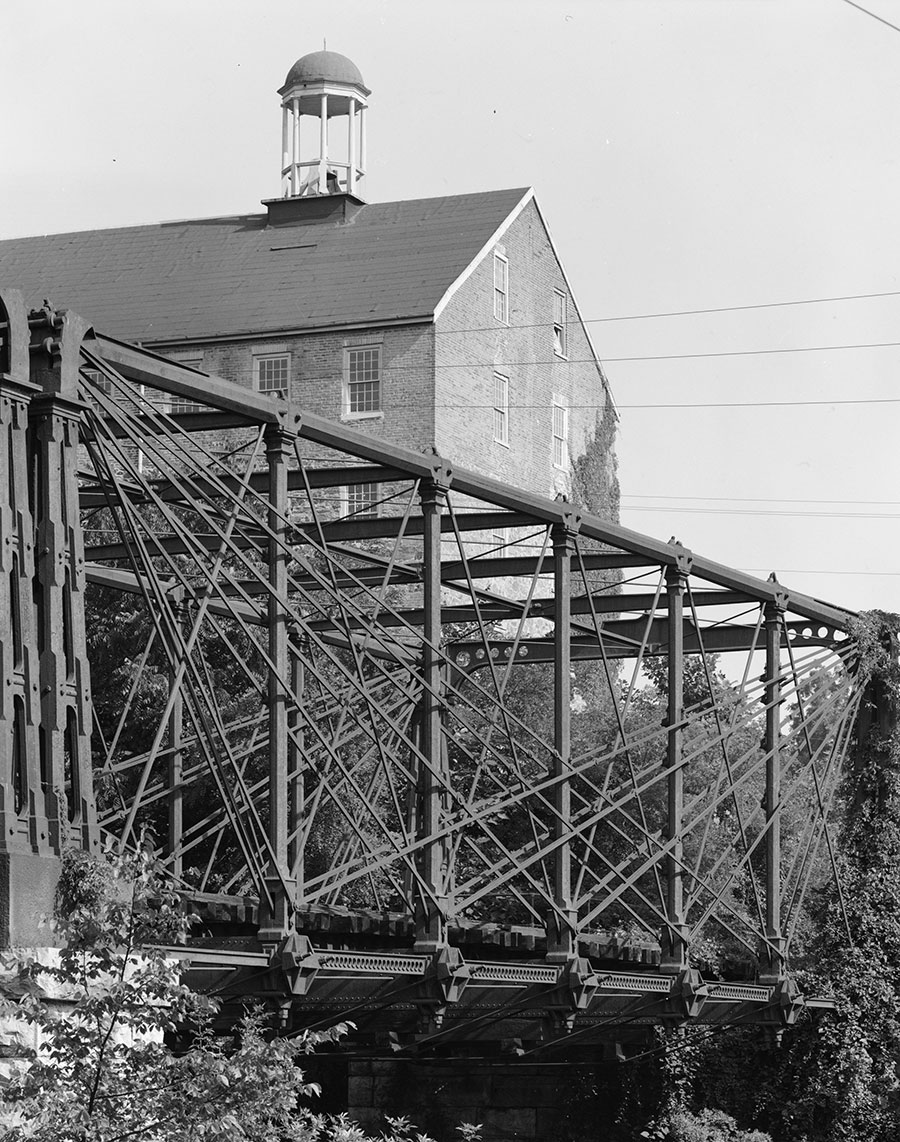
By William E. Barrett – United States Library of Congress
The Mill
At one time, dozens of water-powered textile mills lined Maryland’s rivers. Surrounded by villages populated by mill workers, they were the center of industrial life. Now almost all the mills are gone…but Savage Mill remains.
Savage Mill had its beginning in 1810 when Commodore Joshua Barney, a hero of the Revolutionary Navy, settled in Howard County. He quickly saw the power potential of the Little Patuxent River and began assembling land along its rapids. The Savage Mill complex was started in early 1822 when Commodore Joshua Barney’s son-in-law, Nathaniel Williams, along with his brothers George, Cumberland, and Amos, began building a textile mill near the joining of the Middle and Little Patuxent Rivers. They used Barney’s millrace as the power source. The company was named after John Savage of Philadelphia, who was a friend of George Williams and had loaned money for the project. Typical of the times, entire families worked at the mill. The hours were long and the work arduous. Though life was hard for the mill workers, Savage Mill cared for its own. The company store provided most of life’s necessities, the farm supplied fresh produce and the ice plant furnished ice for the homes. By the early 1920s the workers homes had been connected to the mill’s water system, serviced by the mill’s sewage system and received light by factory generated electricity. The company even built a community hall, Carroll Baldwin Hall, that boasted a bowling alley and a free library. (The library eventually became part of the Howard County Library System and moved into a new building in 1989.)
In 1859, the original Savage Manufacturing holdings were sold in two parts. The buyer was William H. Baldwin, Jr. of Anne Arundel County. The seller was Nathaniel Williams, who was now nearing his 80th year and was the sole surviving member of the Williams brothers who began the company. With the looming threat of the Civil War and a vision of harder times to come, Mr. Baldwin appears to have let his new holdings remain idle for many years. However, in the early 1870s major changes were made to the water source and to the method of relaying power to the buildings. A new wheelhouse was built at the river’s edge. Power was transferred by a set of belts operated from a pulley that was driven by a water turbine.
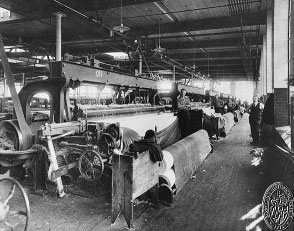
Beginning around 1915 and continuing through 1923, numerous changes were made at the factory and within the village in response to the demand generated by World War I and the subsequent economic prosperity. In 1915 a new steam-operated electric plant was built over the river and a new weaving room of approximately 40,000 square feet was added to the mill. New warehouses went up and several small bungalows were constructed around the village. During the Great Depression, the mill and the village suffered along with the rest of the nation, but World War II brought full production once again.
However, the end of the war also signaled the end of the mill. With labor union problems, depressed economic times, and an excess of war surplus in the textile market, the factory was no longer viable. In 1947, one hundred and twenty-five years after its inception, the Savage Manufacturing Company ceased operations, and the entire factory complex, including 482.6 acres, over 175 company-owned homes and the town’s water and sewage systems, was advertised for sale.
In 1948 Harry H. Heim, a manufacturer of Christmas ornaments, purchased the Savage Manufacturing Company. Mr. Heim had a vision of a year-round Christmas village and quickly set his plans into motion, even endeavoring to change the town’s name to Santa Heim, Merryland. Unfortunately, Heim’s business acumen did not match his promotional flair and in 1950 the mill went up for sale again.
In 1950 the Winer brothers, Hyman, Ephraim, and Albert, purchased the mill buildings and used them for furniture manufacturing. The village was sold off piecemeal, thus giving the villagers their first opportunity to own their own homes. Today, the village of Savage is a fascinating mixture of old Savage Company houses and more recently developed homes. Many generations of the early Mill families still live in Savage.
The renovation of Savage Mill by four Baltimore businessmen began in 1985 and continued for seven years, while artists and other small businesses began to move in.
Savage Mill is on the National Register of Historic places and is recognized by experts from the Smithsonian Institution as an outstanding example of a 19th-century manufacturing center.
Today, Savage Mill weaves the beautiful magic of a historic landmark with a truly unique shopping experience.
Over the past 30 years, shops have come and gone, but Savage Mill’s messaging has remained true: Shop Small, Shop Local. We believe in helping small businesses succeed and making entrepreneurs’ dreams come true.
The historic complex of buildings with over 175,000 square feet is now home to major collector-quality antique centers, home furnishing stores, craft galleries, artist studios, specialty shops, destination restaurants and banquet facilities.
Historic Timeline
1685
Start from the ground up
The mill property is part of a land grant named Ridgely’s Forest, named by surveyor Colonel Henry Ridgely.
1750
The Bare Bones
Alexander Warfield constructed an early mill along the river at the falls and passed it along to his sons Brice Warfield and John Worthington.
1809
Wedding Bells Are Ringing
Commodore Joshua Barney, who had married into the Ridgely family, held a patent to the land. He gave the land as a wedding gift to his daughter Caroline and her husband Nathaniel Williams.
U.S. Navy Portrait
1810
Time to Break Land
Nathanial and his brothers Amos and Cumberland begin building what we now know as Savage Mill.
1816
Carding Building Built
Before it was called the Carding Building, this was the entirety of Savage Mill! It was built from the stone right out of the riverbed. The product the mill produced was cotton duck, a heavy type of canvas sail cloth. Initially, operations were powered by a 30-foot waterwheel.
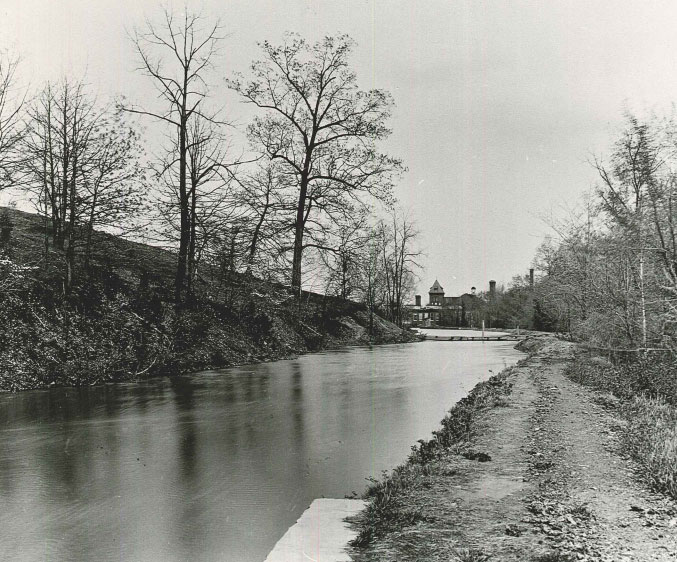
1822
Oops! Need More Money
The Williams brothers borrowed $20,000 from Mr. John Savage of Philadelphia. They named their business The Savage Manufacturing Company.
1835
John Savage Dies
John Savage dies. In a sign of the growth of the mill, the post office moved from Waterloo to the town, then called Savage Factory.
1840
B&O Railway Connection
For imports and exports, the Bollman Bridge was connected to the B&O Railway. Fun fact! B&O Railway had almost 100 connections throughout the U.S.
1853
For Sale!
John Savage Jr. (son of the mill’s investor) files suit on the Williams for nonpayment of their debt to his father. The mill is put up for sale by the court.
1859
A New Owner Comes to Town
The mill is bought by William Baldwin for $42,000.
1861
Civil War Starts
With the new war on the rise, textiles were high in demand. This product was used for tents, cannon covers and other supplies for Civil War armies.
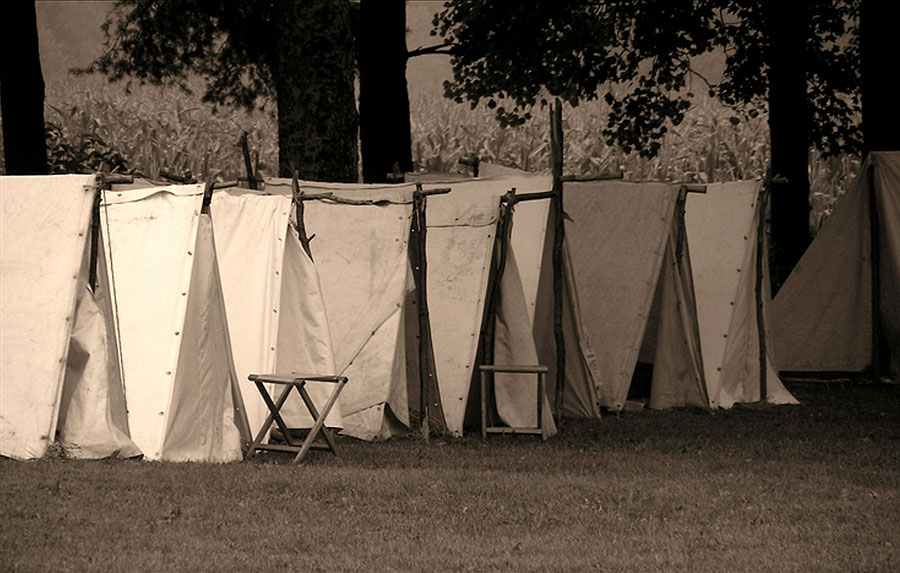
1881
Time for Many Additions
The “Old” Weave Building, Tower, Spinning Building, Paymaster’s Office and the Steam Power Plant were all built.
1881
Let There Be Steam!
With the installation of steam power, mill operations went a lot faster.
1914
World War 1
Textiles were produced for canvas cots, truck covers and transport bags used by U.S. soldiers in Europe.
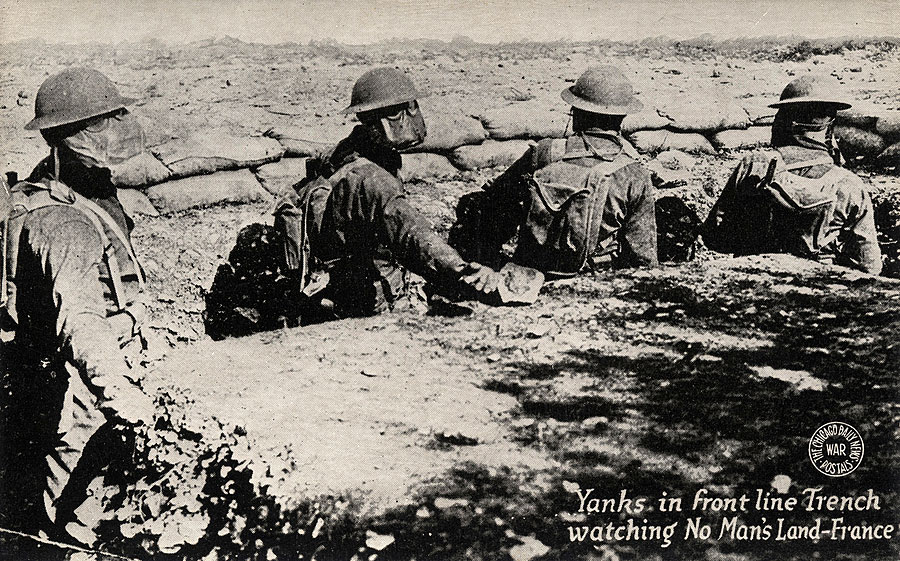
1916
Cotton Shed and New Weave Building Built
It’s hard to believe that a century went by after the construction of the Carding Building before these buildings were erected. An upgrade from the water wheel to steam turbines brought electric power to the mill and the town. Fun fact! One of the largest looms in the US was installed in the New Weave Building. It could produce sheets of canvas 17 feet 3 inches wide.
1940-1945
World War II Needs help!
During WWII, 400 workers produced 400,000 lbs. of canvas a month for the war effort.
1947
Time to Say Goodbye
The mill’s machinery is worn out and expensive to replace, surplus canvas goods are being released at bargain-basement prices, synthetic fabrics are taking over the market, and worker’s wages are going up. All of this combined sealed the mill’s demise. It is sold to Harry Heim of Santa Novelties.

1947
Santa Heim
Harry Heim purchased the mill and turned it into a year-round Christmas village! He owned two ornament factories, one in Baltimore and one in San Diego, and was one of the country’s leading Christmas ornament manufacturers. Heim always wore a Santa suit while in the mill. He wanted to change the name of Savage to Santa Heim, Merryland. Some local families still have some of the original ornaments!
1948
Circus Came to Town!
Harry Heim was always trying to find something to bring the crowds in. What did he do? He brought a circus into the mill! Could you imagine having a giant elephant in the Old Weave Building?
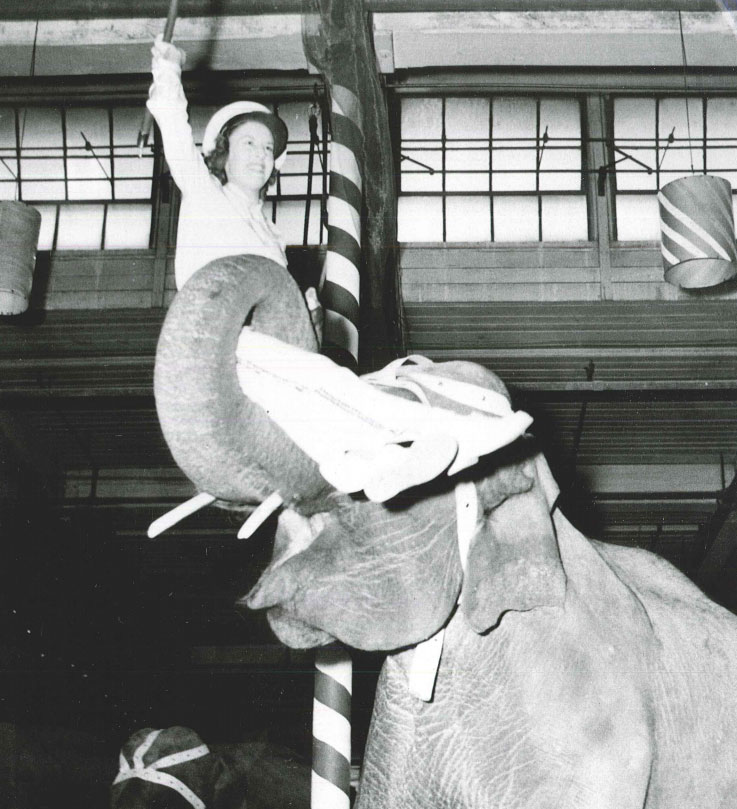
1950
New Owners
The Winer Family bought the mill. Today, the mill’s operations are overseen by the third and fourth generations.
1966
Winer Family gave Bollman Bridge to Howard County
Fun fact! The original colors of the bridge were cream and light maroon.
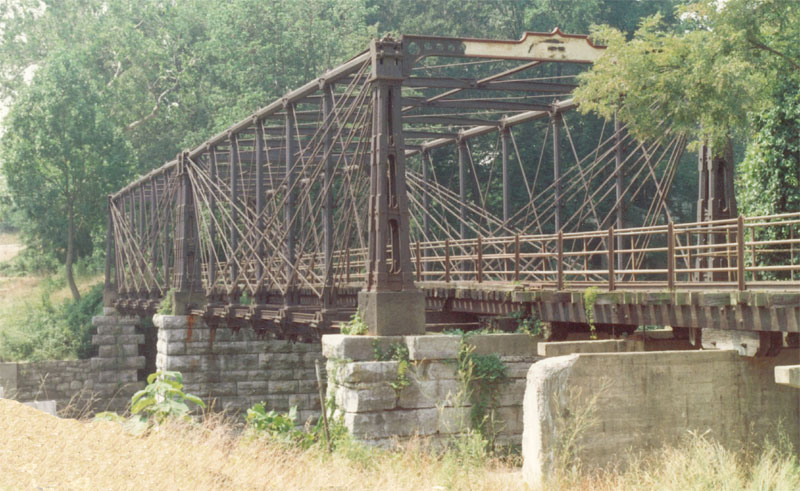
By Kjssws – Own work – original photograph
1970
Antiques Galore
This was around the time that antiques were getting more popular. So the Winer family brought in other investors to make it into an antique mall and storage area.
1974
Now a Historic Property
After 6 months of applications, Savage Mill was officially put on the National Historic Register.
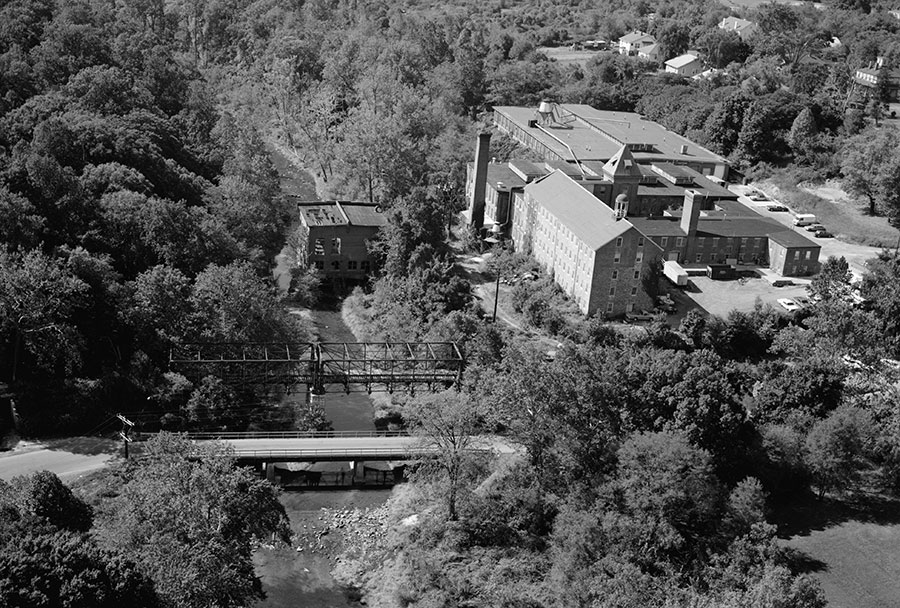
By William E. Barrett – United States Library of Congress
1984
Renovations
To turn it into a retail-style destination, the Winer Family started renovating each of the buildings.
1986
New Weave Opens to the Public
Grand opening of our retail center!
1990
Antiques turned Retail
While we still have plenty of antique stores, we also have an array of unique shops!
1997
Final Major Renovations
We did our final renovations and opened for businesses, services, retail, restaurant and even a banquet hall.
